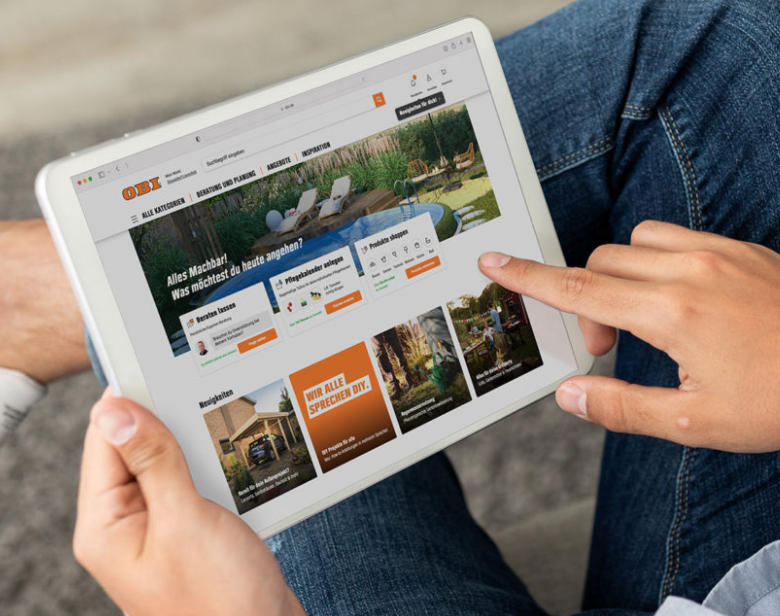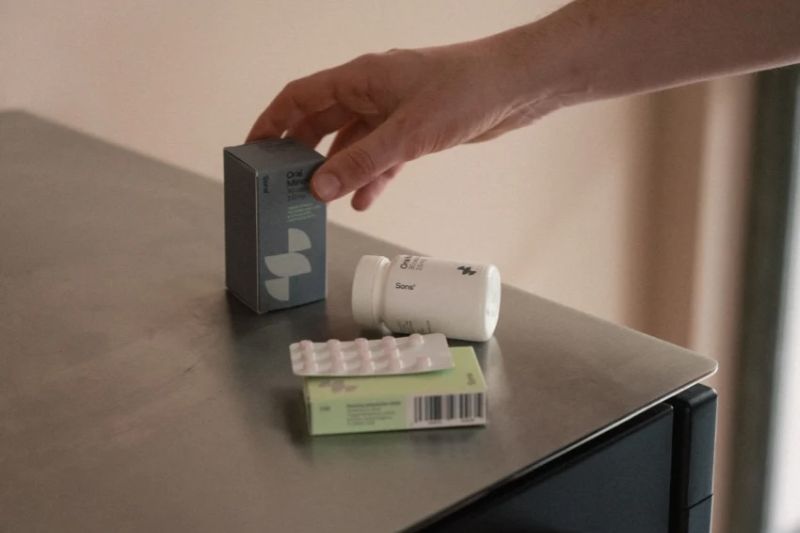Amazon launched its wif-fi and Internet of Things-connected Amazon Dash Button in the UK in August but are shoppers ready for it and what are the implications for UK retailers? InternetRetailing investigates.
The device, available only to Prime members, enables shoppers to reorder favourite items at the push of a button. Each button is linked to a brand – and placed in a convenient location so that shoppers can order every time they run out of that brand. Thus an Andrex button might be beside the toilet roll holder, or an Ariel button on the washing machine. Each costs £4.99, with the price discounted from the first order.
Shoppers link the button to their wi-fi and then control ordering through an Amazon app. Orders are confirmed via email so can be cancelled if made in error. Meanwhile, a second order will never be placed until the first has arrived.
The button adds to the Amazon Dash scanning and voice ordering device launched in the UK earlier this summer. That enables shoppers to scan a product’s barcode or speak its name into the device in order to add it to their basket.
And the technology also moves forward with the Amazon Dash replenishment service, which enables connected devices to automatically reorder items when needed. Thus a connected washing machine might reorder detergent, or a printer might reorder ink. Brands working on integrating this replenishment service include Bosch, Siemens, Whirlpool and Samsung.
“We’ve all experienced the frustration of running out of something we need – Dash Button and Dash Replenishment Service are designed to make that moment a thing of the past,” says Daniel Rausch, Director of Amazon Dash. “Dash Buttons offer the convenience of 1-Click shopping from anywhere in the home – they can be placed near those frequently used items you don’t want to run out of, and when you see supplies running low, the Dash Button makes it easier than ever to order more. Just press the button and your item is on its way.”
Ecommerce delivery specialist ParcelHero argues that the launch of Amazon’s Dash service could take as much as 20% of UK supermarket online sales. David Jinks, its Head of Consumer Research, says, “Dash is an ultra-convenient device. With the simple push of a button – or even by speaking to the gizmo for some versions – it will reorder your washing powder or your coffee or one of 40 products at launch. It’s great news for busy people as it takes care of routine shopping chores automatically; but it’s very bad news for supermarkets as it ties consumers into Amazon for even more products.”
Amazon Dash buttons are also introducing shoppers to the Internet or Things (IoT) and getting them ready for products that can re-order themselves or related consumables – especially if you consider that in the US Amazon has launched a limited edition Dash button which can be programmed to carry out tasks from ordering pizzas to switching off lights. As Tom McQueen, Managing Director of Futurice says, “Amazon excels at predicting consumers’ fast changing needs with Dash being a good example of how it has anticipated demand for on-demand digital services that offer convenience and immediacy. Looking ahead, a key challenge for retailers, including Amazon, is to identify what comes next, once on-demand becomes the norm. Is the premium version of on-demand, a service that is even more effortless than re-ordering at the touch of a button?”
CONSUMER THOUGHTS
But will consumers use them? In the past two months, says Amazon, Dash Button orders have increased threefold, and orders are placed at a rate of more than two a minute. Four times as many Dash Button brands are available this year, compared to last year.
“Thus the UK is likely to follow suit,” believes Alex MacPherson, Solution Consultant Manager, Manhattan Associates.
Neil Stewart, CEO of Salmon agrees: “Consumers have already wholeheartedly embraced the convenience and time-saving that digital shopping services bring. The UK launch of Amazon Dash is a clear sign that customers are ready to take this further and embrace Internet of Things-enabled purchasing”.
He warns though that retailers must move quickly to match Amazon and provide the services that consumers want. His comments are backed up by research of 2,000 consumers’ attitudes to programmatic commerce – the automatic re-ordering of goods by the items themselves such as a fridge ordering milk or a coffee machine re-ordering the owner’s favourite coffee when supplies run low. The shopper simply enters price limits, preferred brands and other options into the system at initial set-up.
The Salmon research found that:
- 57% of UK consumers say they will be ready for this automated purchasing within the next two years, with 13% of those being ready now;
- Consumers would be most comfortable using the system to order household supplies, grocery and beauty products;
- More than half (58%) of shoppers say they’re more likely to opt for a smart technology if it would enable this kind of shopping.
MacPherson warns though that “technologies of this nature will work perfectly for everyday consumable items such as toiletries and food, but what about goods that typically need to be researched, viewed, tested or tried on before consumers press the buy button? When there are multiple styles, sizes, colours involved it will inevitably become more difficult to manage.
This is where retailers will need to get one step ahead of the competition in terms of processes, technology and staff expertise. Consumers will not stop at toiletries and food; they will soon get a taste for this convenient way of shopping; demanding more than they already do.
As John Pincott, Managing Director, EMEA, Kibo, concludes: “Being a success requires retailers to oil the brakes to the check-out at every step of the shopping experience. Making the mundane as simple as possible so consumers can spend more time doing what they enjoy is a crucial factor in ecommerce. Consumers typically swap between multiple channels before making a final purchase and any experience which decreases this ‘friction’ will grow the chances of a retailer making the sale. Automated purchasing actually takes this pain-point away for retailers in an instance and is a clear area for R&D. Many companies fight a never-ending battle of abandoned shopping carts as customers get cold feet or abort due to frustration with the user experience”.
Automated purchasing through connected smart devices is a little way off becoming the norm, but it’s clear that the appetite from consumers is there. Technologies such as Amazon Dash’s one-click purchasing prove that making the customer journey as simple as possible is crucial in securing the sale and creating a competitive edge.
It’s another case of getting the basics right, removing friction and giving customers what they want. Something that Amazon has always been good at showing the rest of the industry how it could be done and educating shoppers before they even know they want the functionality or convenience.




